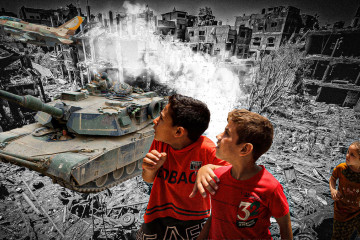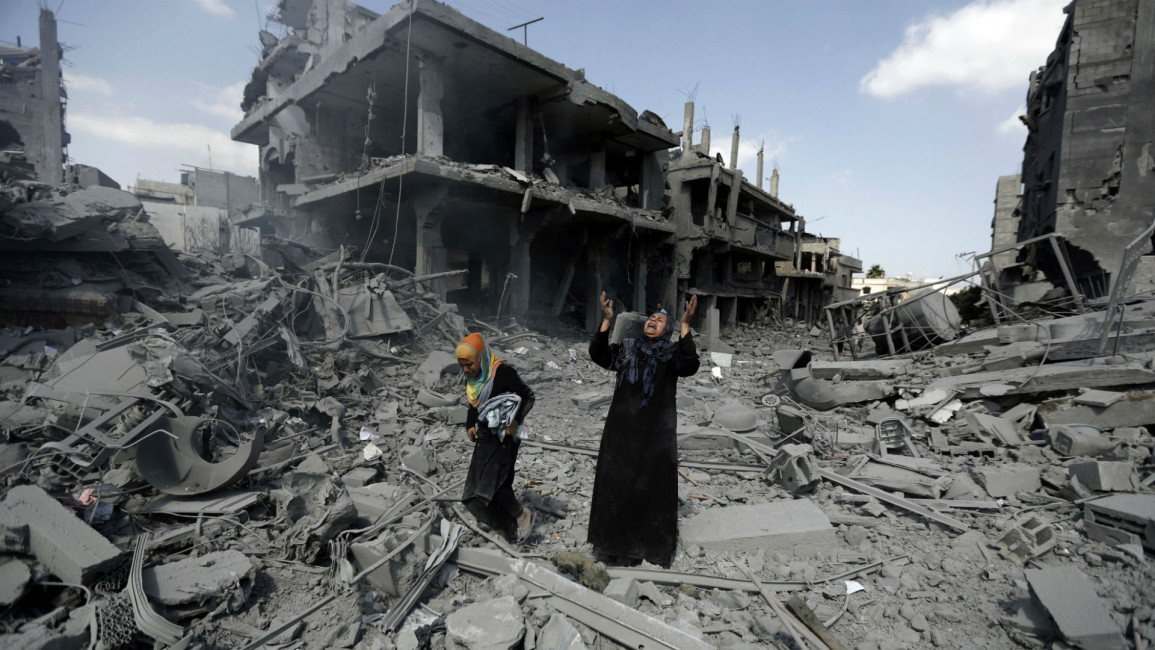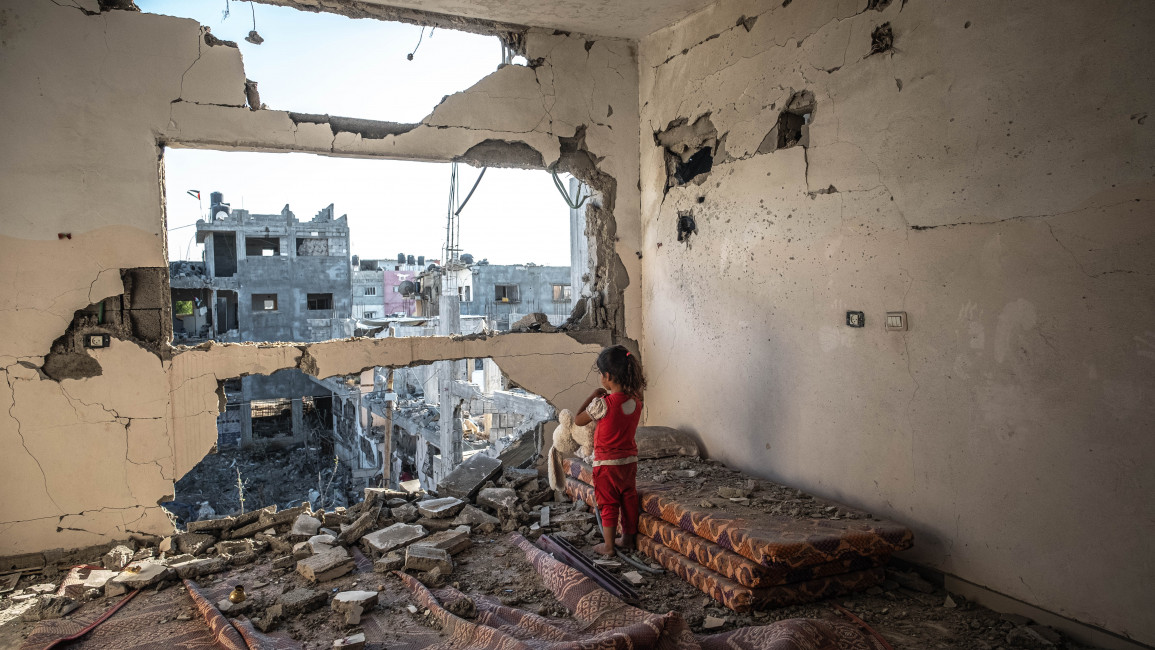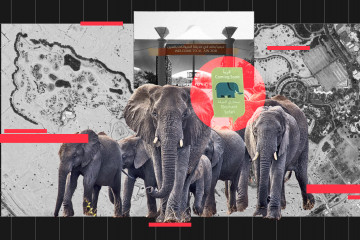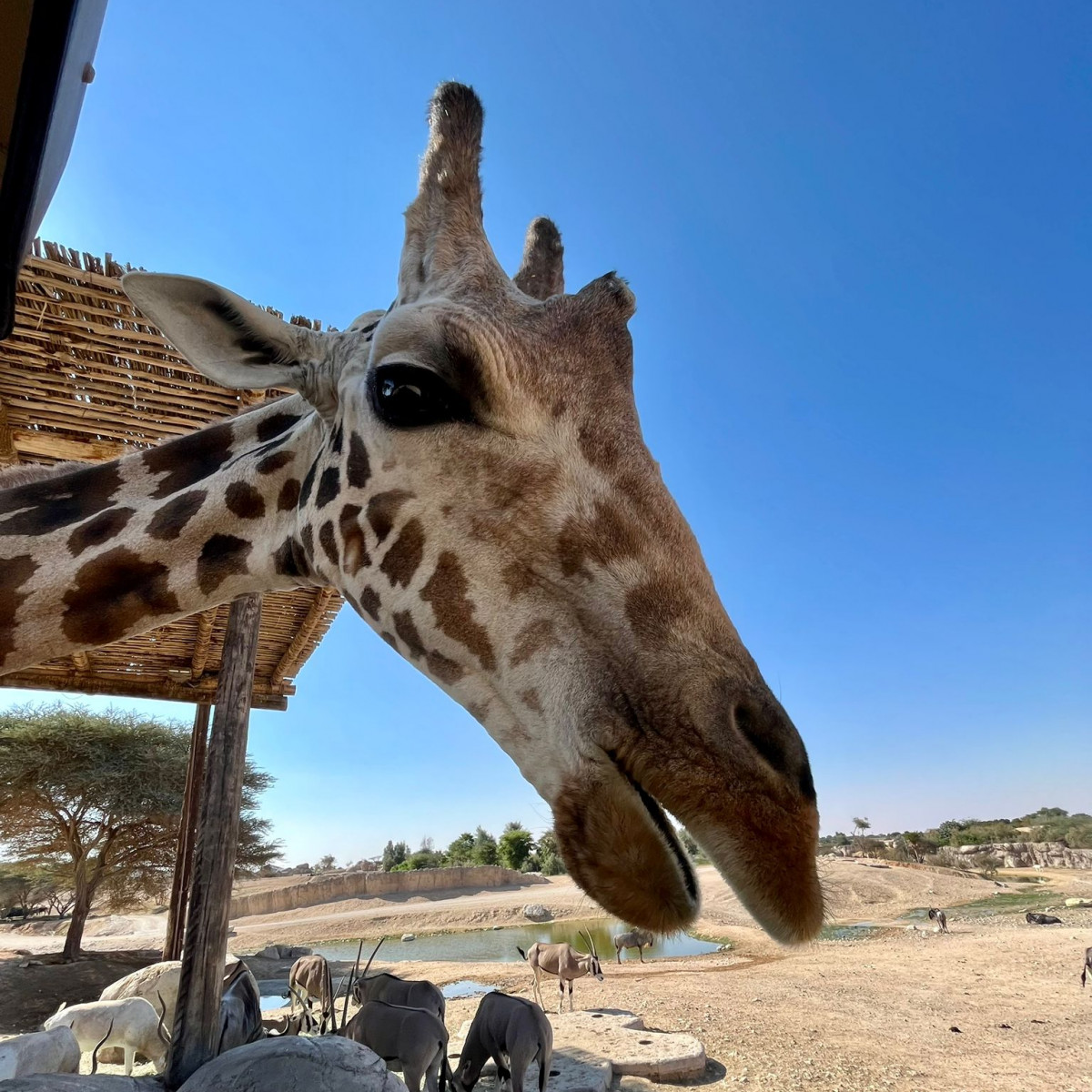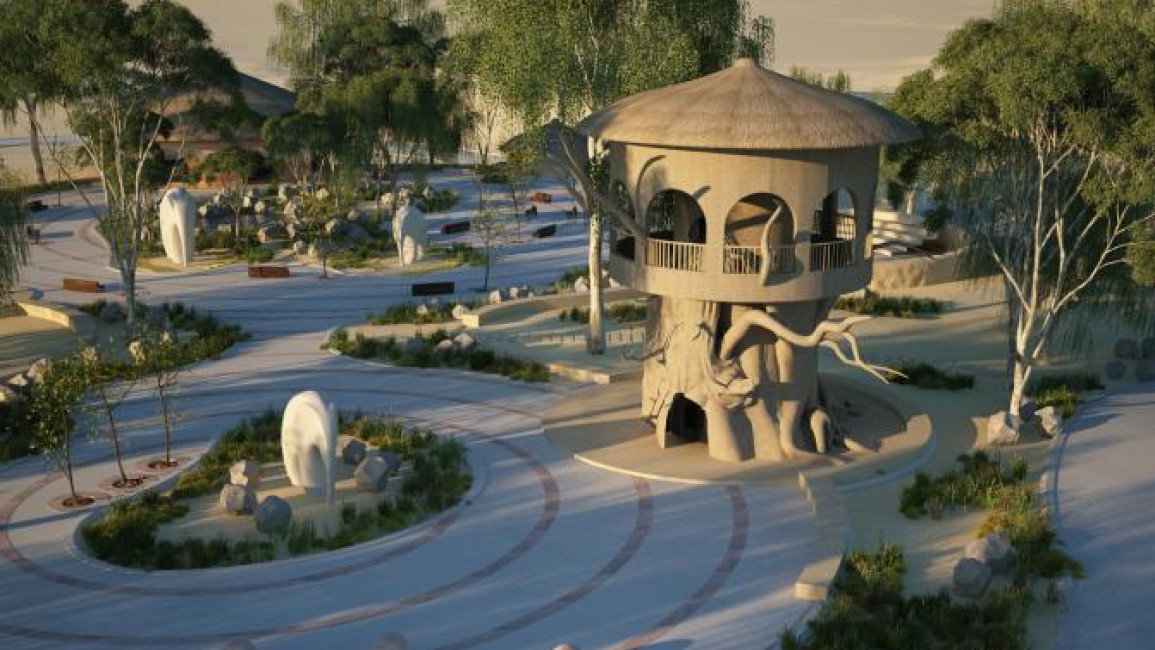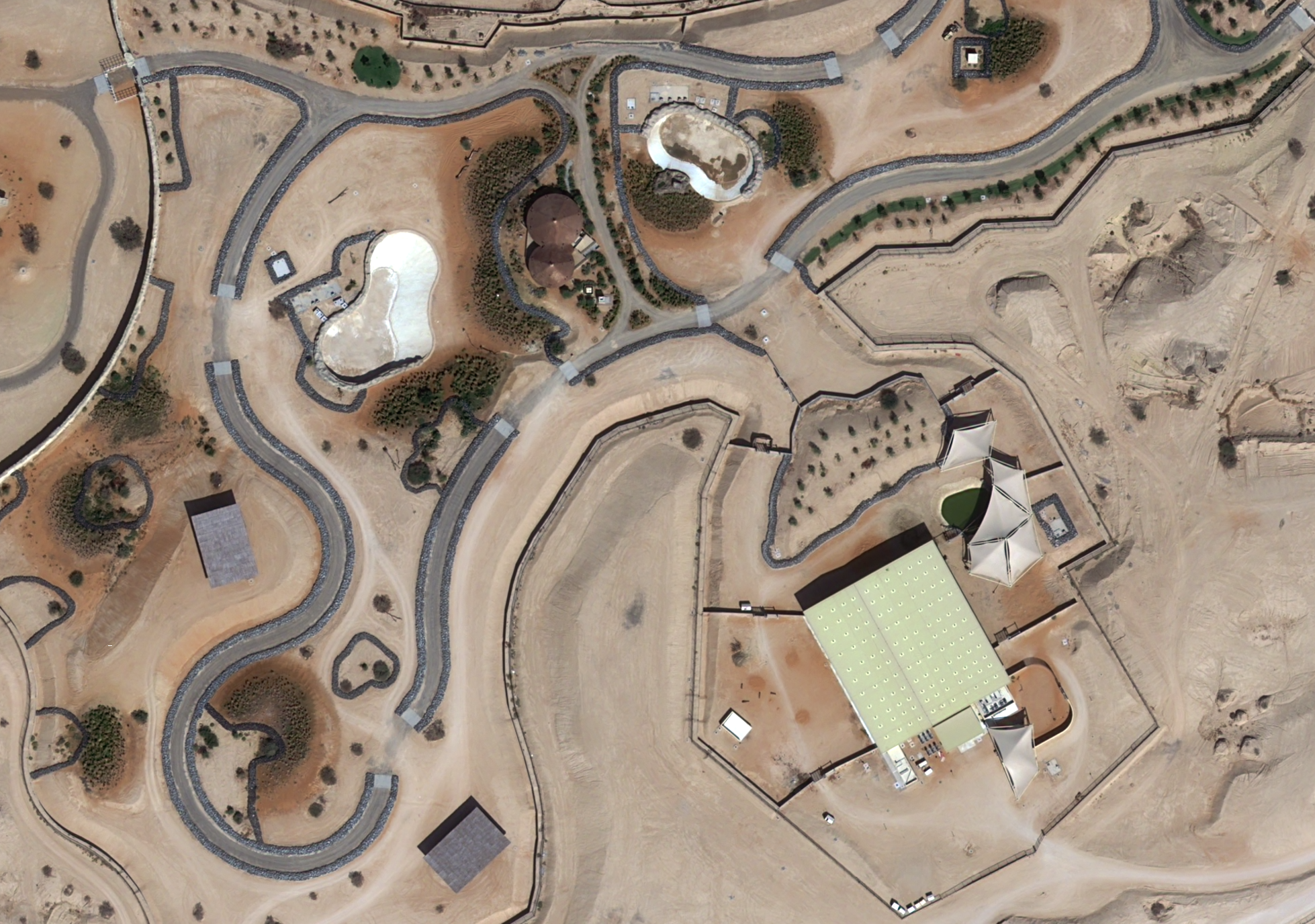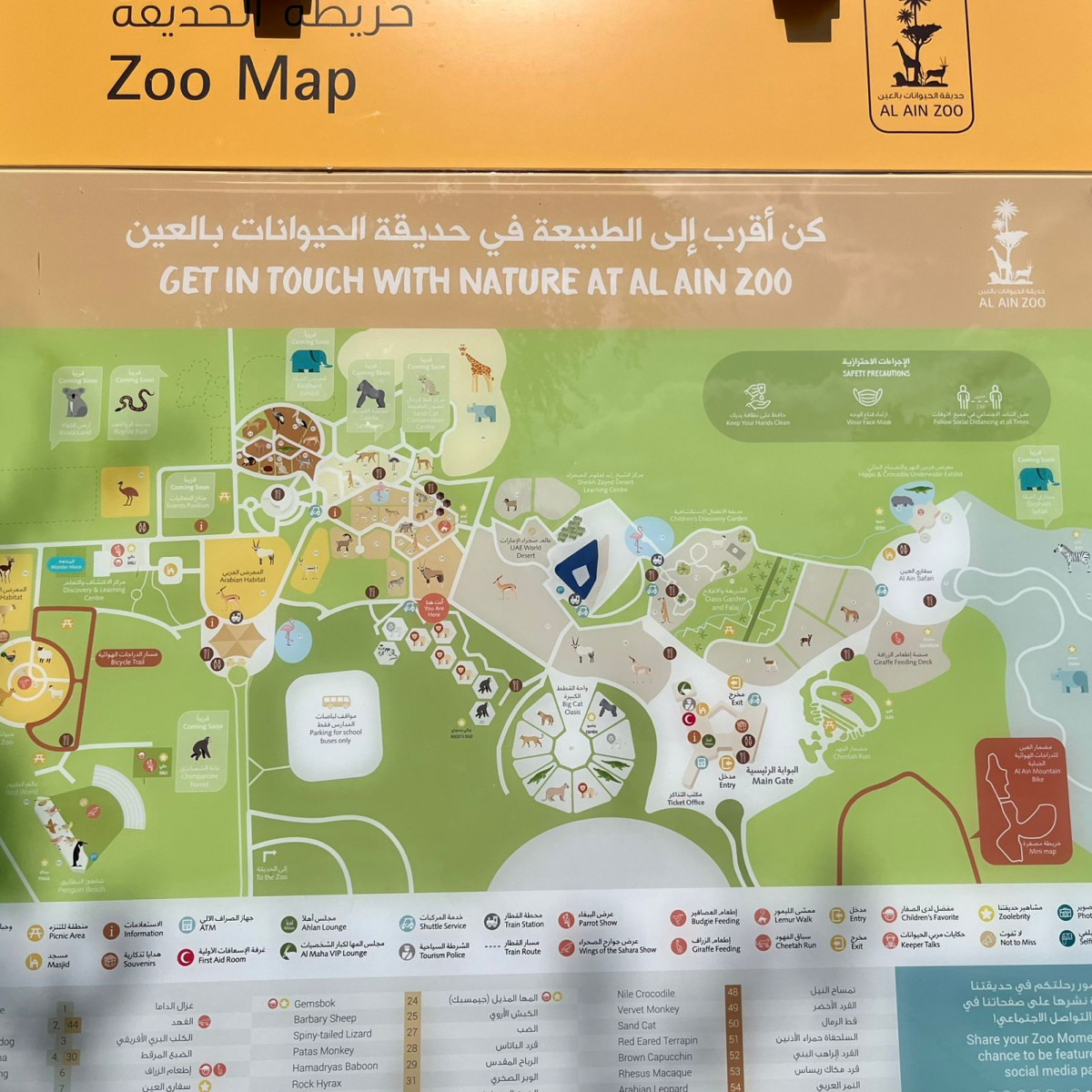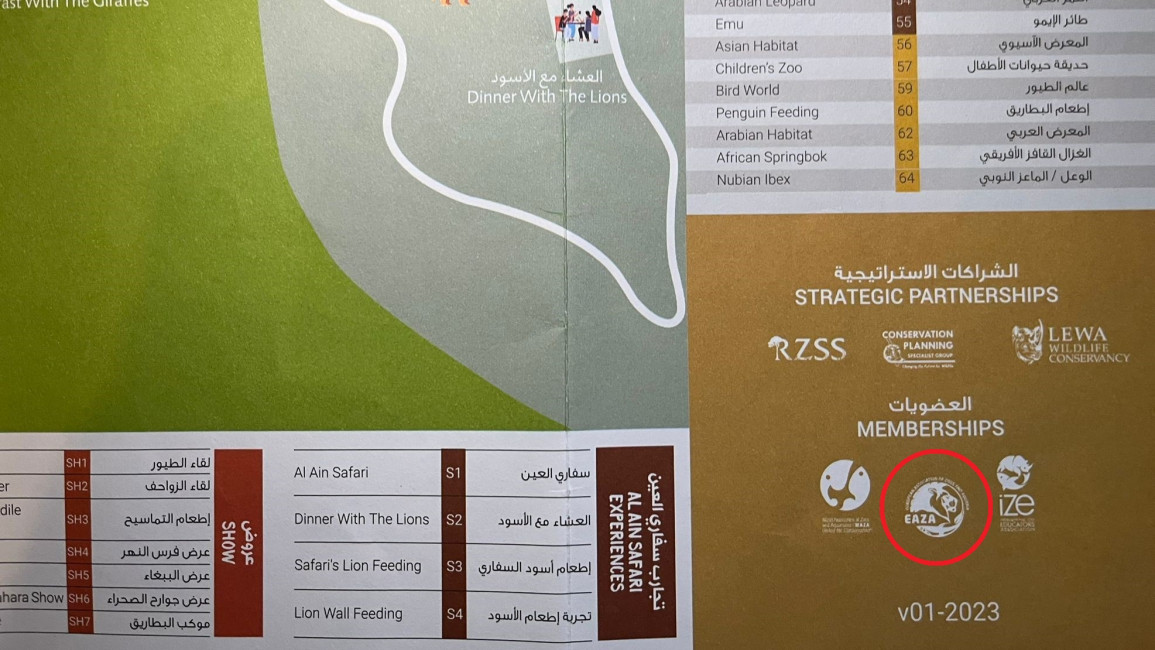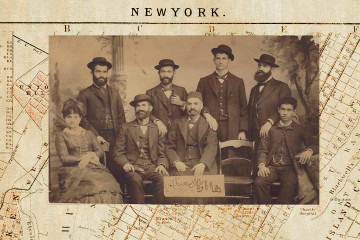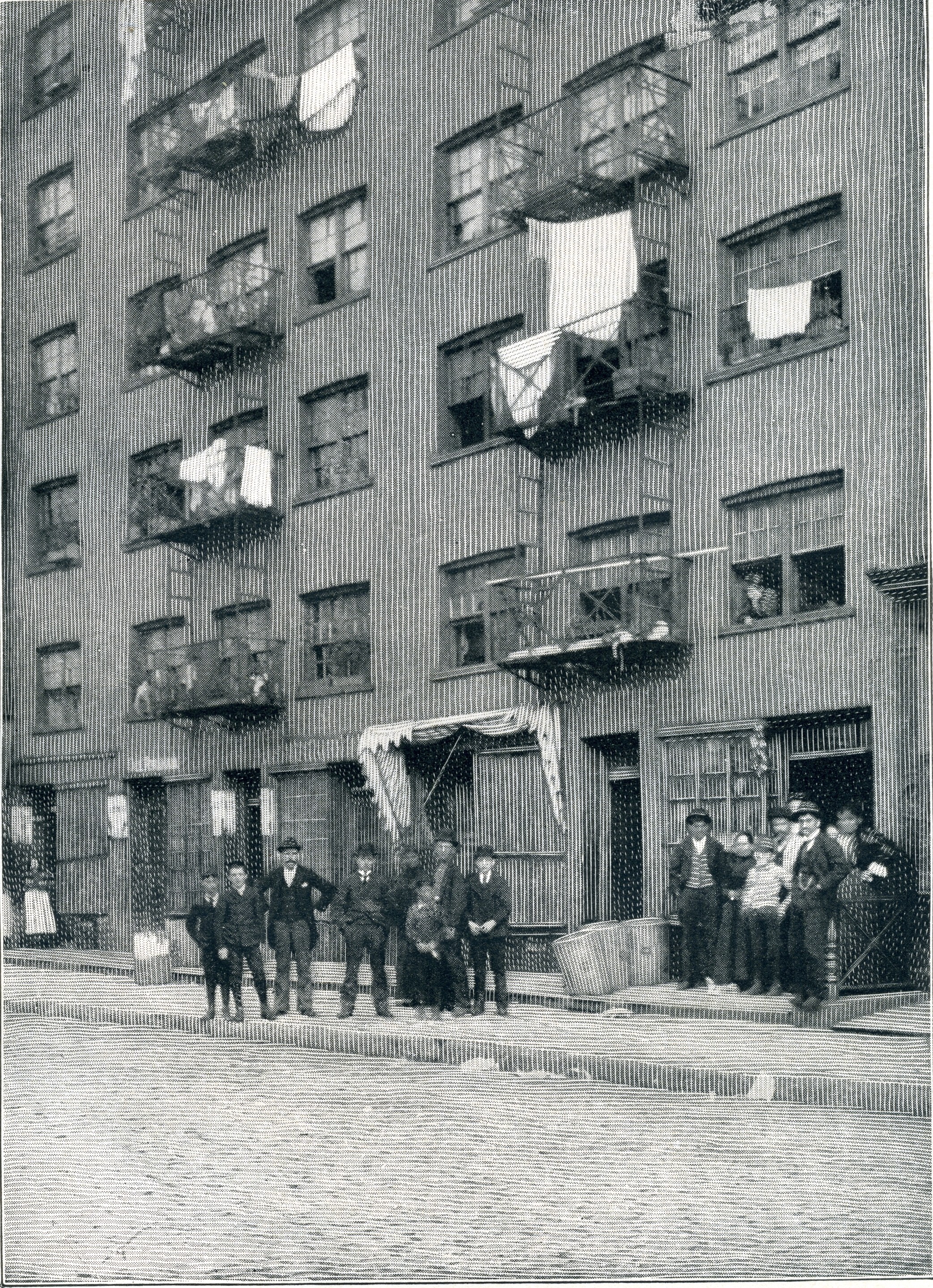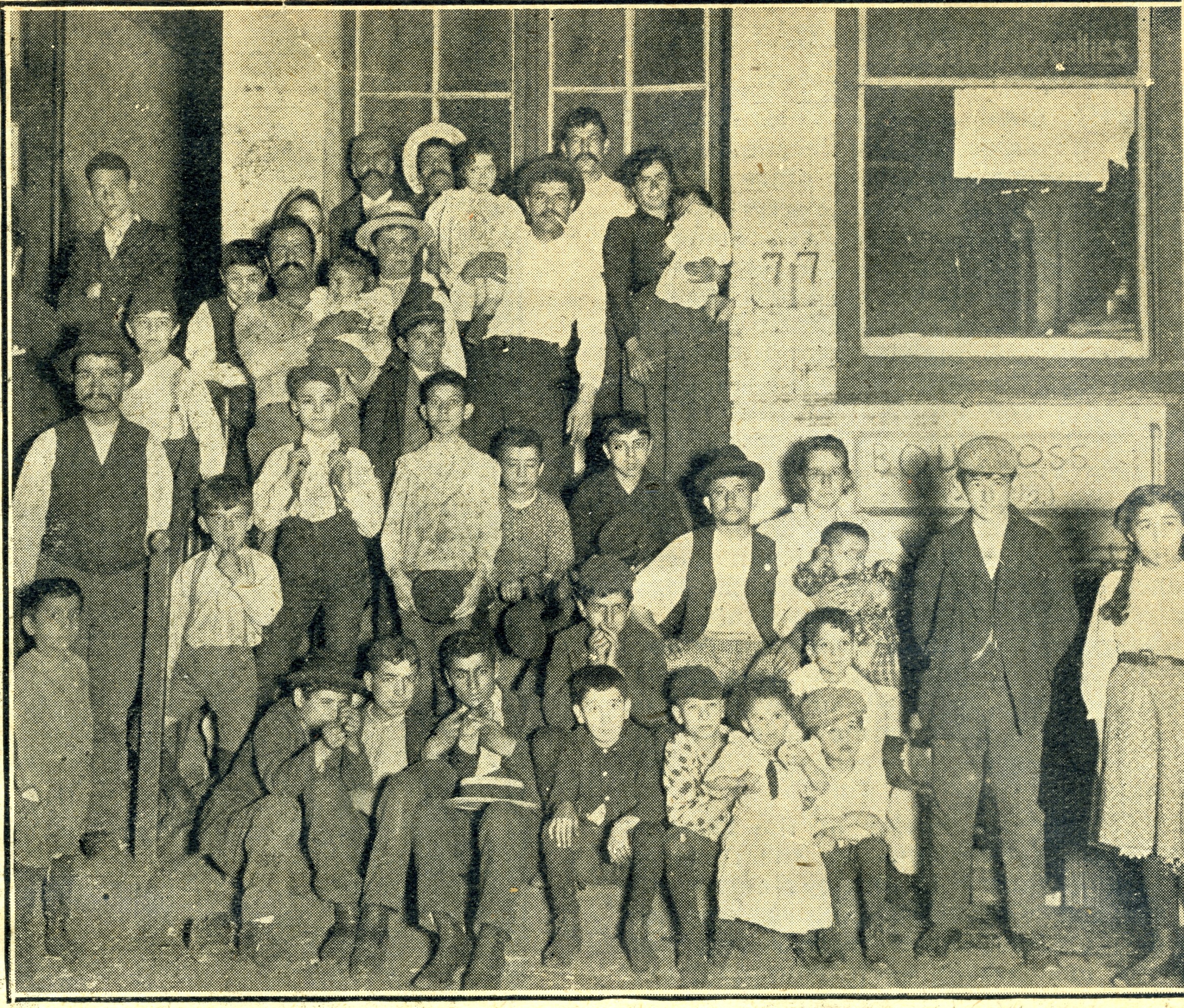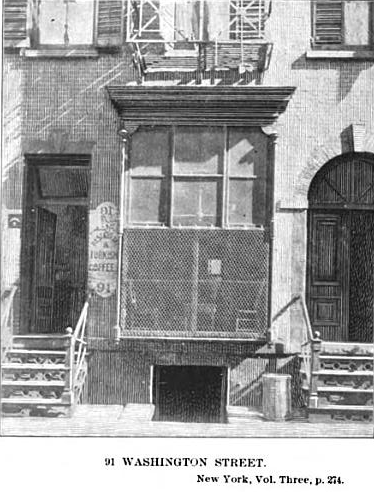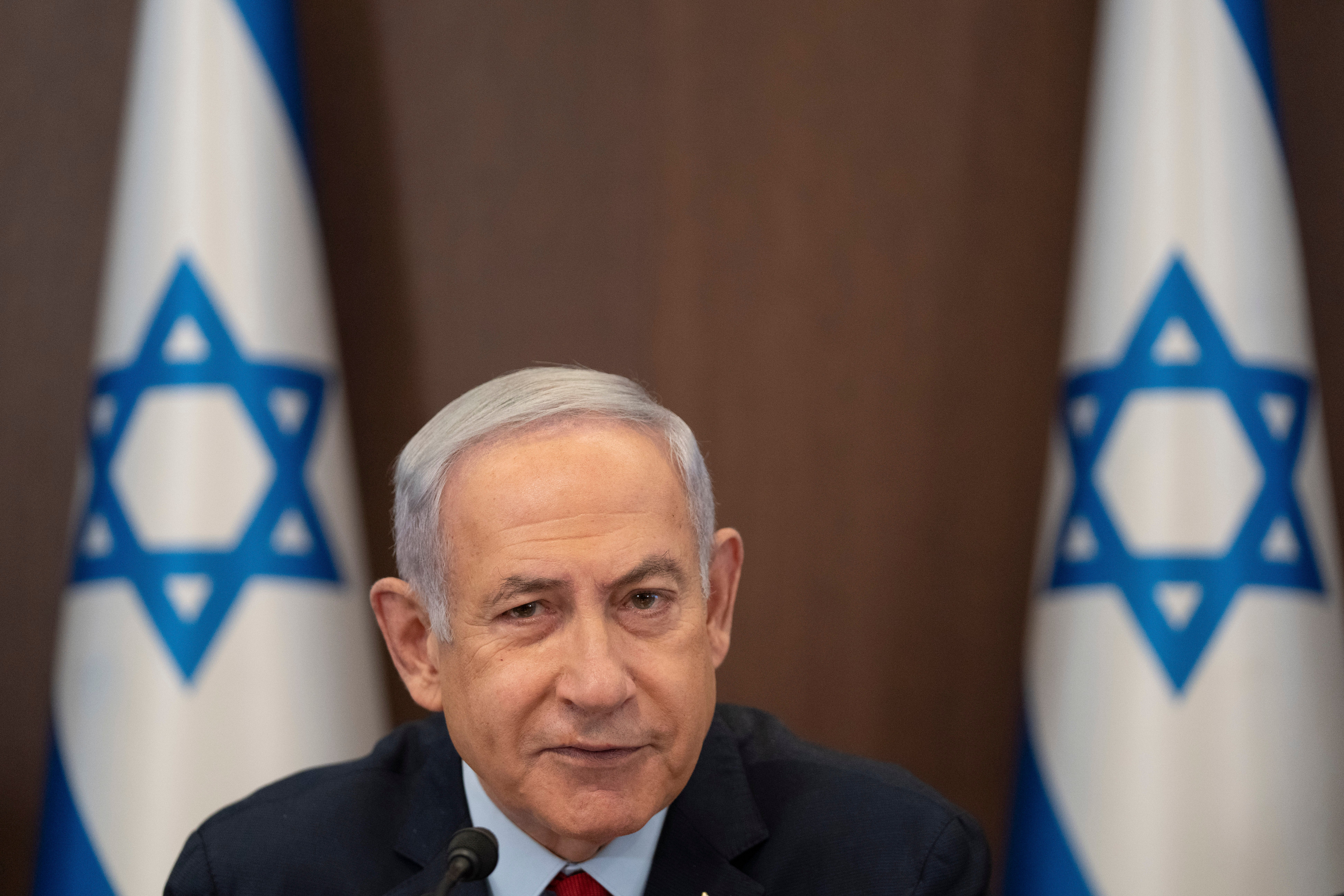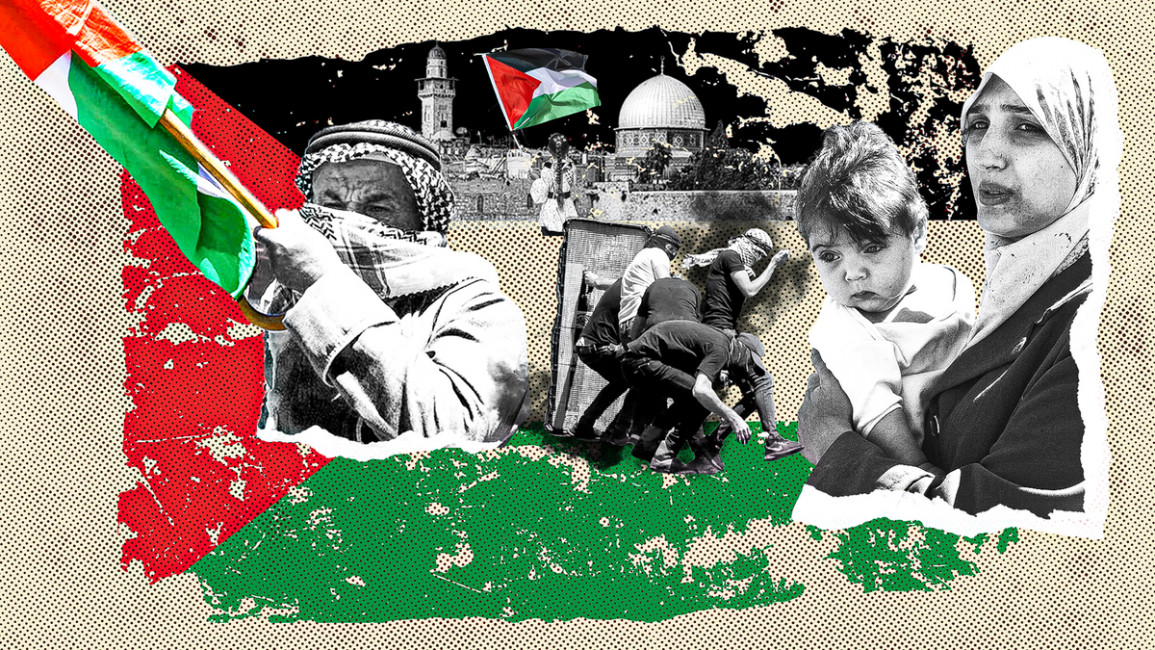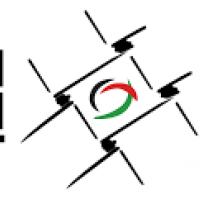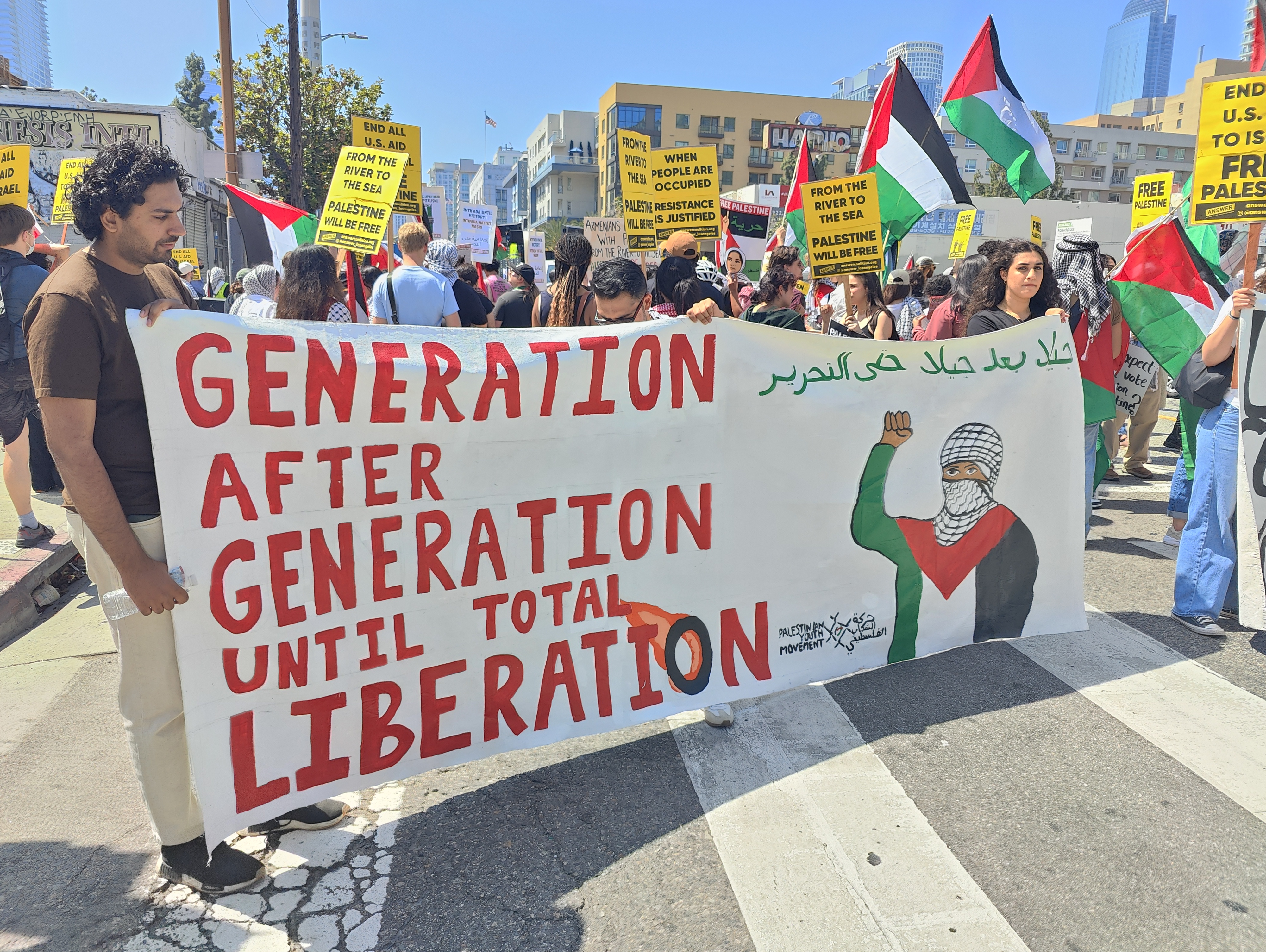Analysis: The Iranian president's tour of Venezuela, Cuba, and Nicaragua is designed to show that Tehran has strategic ties in the US's 'backyard' and that its influence is not limited to the Middle East.
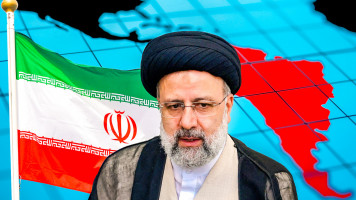
Giorgio Cafiero
13 June, 2023
On 11 June, President Ebrahim Raisi kicked off his first Latin America tour since coming to office. His three stops will be in Venezuela, Nicaragua, and Cuba. The left-wing governments of these countries share Iran’s desire to challenge US hegemony in the Western Hemisphere and the Middle East.
In many ways, this tour is highly symbolic. One of the aims of Raisi and the Islamic Republic is to send a strong message to the US: Iran has friends in its ‘backyard’, and they are willing to defy Washington.
“Raisi wants to show that his administration has strategic ties in the US’s southern hemisphere and that Tehran’s axis of resistance is not limited to the Middle East,” explained Dr Sanam Vakil, deputy director of the Middle East North Africa program at Chatham House, in an interview with The New Arab.
“For Raisi personally the trip gives him a few more stamps in his little-used passport and offers him an opportunity to show some foreign policy influence inside the ever competitive and divided Iranian system.”
Iran’s relationships with anti-hegemonic actors in Latin America should be analysed within the context of South-South solidarity. As Iran and certain Latin American countries share a history of struggling with US sanctions and Washington’s interference in their internal affairs, they have much common cause in terms of pushing for a more multipolar and less West-centric world order.
"Raisi wants to show that his administration has strategic ties in the US's southern hemisphere and that Tehran's axis of resistance is not limited to the Middle East"
Tehran’s ties with Caracas, Managua, and Havana are not new. During Mahmoud Ahmadinejad’s presidency (2005-13), the Islamic Republic put energy into its ties with Latin America’s left-wing governments. Ahmadinejad held meetings with Bolivia’s Evo Morales, Brazil’s Luiz Inacio Lula da Silva, Cuba’s Fidel and Raul Castro, Ecuador’s Rafael Correa, Nicaragua’s Daniel Ortega, and Venezuela’s Hugo Chavez.
Iran became much less focused on Latin America when Hassan Rouhani was in office (2013-21). But now Raisi’s administration is taking steps to put energy back into Tehran’s Latin America foreign policy.
“This is a continuation of a policy begun under the Ahmadinejad administration to show the US that if it insists on keeping a large military presence in the Persian Gulf, Iran can also play in the US backyard,” said Barbara Slavin, a distinguished fellow at the Stimson Center in Washington and a lecturer in international affairs at George Washington University, in an interview with TNA.
“We have seen a pattern in Iranian foreign policy in which hardline elements seek to prove that Iran can prosper without relations with the United States, by investing in political and economic relations with states in the Global South,” Dr Trita Parsi, the executive vice president of the Quincy Institute for Responsible Statecraft, told TNA.
“The Ahmadinejad government invested heavily in Latin America, while the Rouhani government focused primarily on the [Joint Comprehensive Plan of Action (JCPOA)], the US, and Europe. Iran under Raisi [is] shifting back to a strategy centred on non-Western countries.”
RELATED
How the Ukraine war reshaped Russia and Iran's military ties
Analysis
Paul Iddon
Scoring rhetorical points and poking the US in its eyes in the company of countries in the Western Hemisphere is one of the key motivations behind Raisi’s Latin America tour.
“Such performances are also a way for the Islamic Republic to try to promote the narrative, at home and abroad, that it is not isolated, and that its resistance policies have support all over the world,” Dr Thomas Juneau, an associate professor at the University of Ottawa’s Graduate School of Public and International Affairs, said in a TNA interview.
Venezuela
Caracas is likely the most important leg of Raisi’s tour. Of these three Latin American nations, Iran’s ties to Venezuela are the most substantive. Iranian-Venezuelan cooperation is across multiple domains, including energy, agriculture, education, health, science, technology, mining, petrochemicals, tourism, shipping, and culture.
While in Caracas on 12 June, the Iranian president said that his visit to Caracas is aimed at boosting bilateral trade from $3 billion to $20 billion. During his visit, Iran and Venezuela announced 25 new deals between the two countries. Raisi told the press that the Islamic Republic and Venezuela share “common interests, common visions, and common enemies” while declaring that “the relationship between Iran and Venezuela is not a normal diplomatic relationship, but a strategic relationship”.
Venezuelan President Nicolas Maduro asserted that “Iran is playing a starring role as one of the most important emerging powers in the new world” and that the two nations together will be “invincible”.
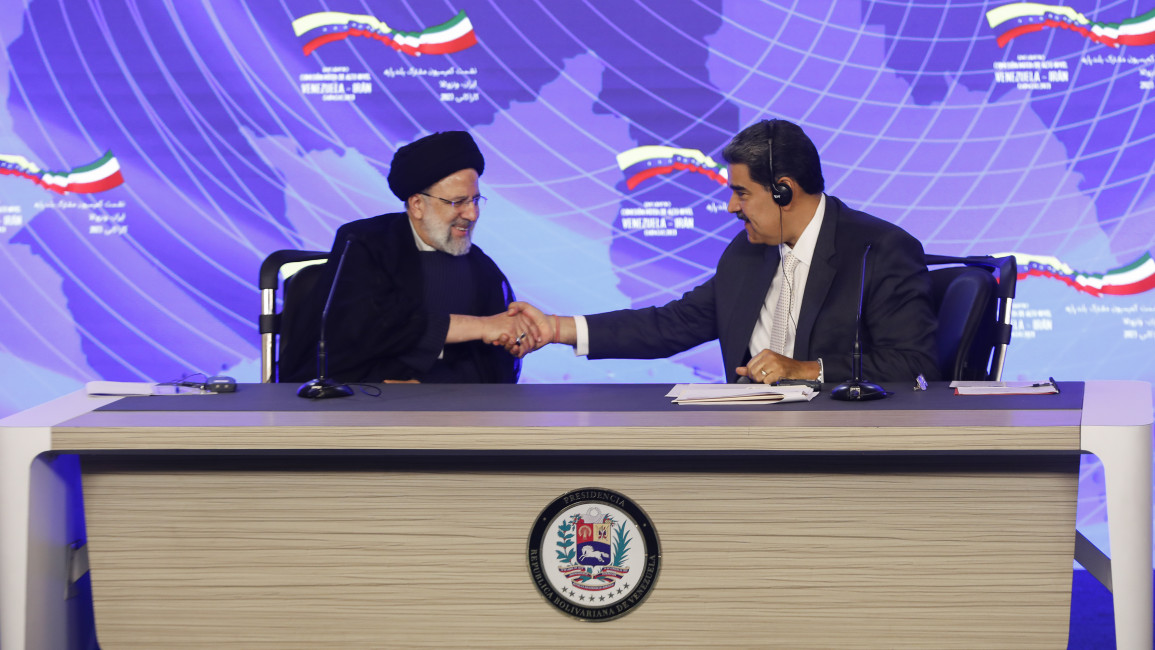
When looking at the history of warm relations between Tehran and Caracas, a good starting point is 1960. That year Iran and Venezuela became two of OPEC’s five Founding Fathers. Fast forward to the 21st century and during the years in which Ahmadinejad and Chavez were in office, there was a lot of solidarity in the bilateral relationship.
When Ahmadinejad made his fourth visit to the South American country in June 2009, Chavez hailed him as a “gladiator of anti-imperialist struggles” and condemned Israel as “the murderous arm of the Yankee empire”.
The relationship has gone beyond warm words and strong rhetoric. During Ahmadinejad’s presidency, institutions such as Venezuela Banco Internacional de Desarrollo and the Banco Binacional Irani-Venezolano enabled the Iranians to make investments in Venezuela, which gave Iran a foothold in the Southern American country’s banking system.
Tehran and Venezuela have entered energy deals with the Iranians repairing refineries and other energy facilities in Venezuela. The two countries have done oil swaps. There have also been direct flights between Caracas and Tehran. Last year, Maduro met with Iran’s supreme leader in Tehran and the two countries signed a 20-year cooperation plan.
RELATEDAnalysisPaul McLoughlin
A 2010 Pentagon report claimed that Iran’s Islamic Revolutionary Guards Corps-Qods Force (IRGC-QF) was deepening its influence in Venezuela, though Chavez denied the validity of that report. Also, last year, the Israeli Defence Minister accused Iran of sending armed drones to the South American country.
Regarding the true nature of military ties between Tehran and Caracas, what constitutes fact versus fiction is not always clear. Most of the hype about Venezuela’s ties to Iran’s military and Hezbollah comes from anti-Iran neo-conservative hawks in the US and right-wing Venezuelans who lobby Washington to take a tougher stance against Caracas.
Both groups frequently exaggerate the security threat to the US posed by the Iran-Venezuela relationship. As Slavin explained, “[Iranian-Venezuelan] military cooperation is mostly token”.
Nicaragua
Iran’s relationship with Nicaragua’s left-wing government strengthened significantly in the 2000s. During that decade, Iran and Nicaragua reopened their embassies following the withdrawal of their ambassadors in 1990. Ahmadinejad came to Nicaragua in January 2007 and toured the country’s shantytowns with Ortega. “We have to give each other a hand,” said the Iranian president when addressing Tehran-Managua relations. “We have common interests, common enemies and common goals.”
Two months later, Iran and Venezuela promised Nicaragua a $350 million investment in a deepwater seaport near Monkey Point on the country’s Atlantic coast along with highways, rails, and pipelines. Although the Iranians did not end up delivering, the plans showcased the extent to which Tehran sought more publicised ties with Managua.
"Iran under Raisi [is] shifting back to a strategy centred on non-Western countries"
“In our Iranian brothers we have a people, a government, a president willing to join with the Nicaraguan people in the great battle against poverty,” said Ortega during Ahmadinejad’s January 2007 visit to Nicaragua.
In September of that year, Nicaragua’s chief diplomat went to Iran and met with his Iranian, Cuban, and Syrian counterparts. That trip came three months after Ortega paid his first visit to Iran, from where he called for the establishment of a new global order to replace capitalism and imperialism.
Raisi’s visit to Nicaragua this week, which will be the first by an Iranian president since Ahmadinejad came to the country in 2007, will build on a visit paid to the impoverished Central American country by a high-level delegation led by Iran’s minister of petroleum, Javad Owji, in May 2022, and another by Iran’s foreign minister Hossein Amir-Abdollahian earlier this year.
Last year, Owji’s delegation signed a host of agreements with the Nicaraguan government across many domains from agriculture to oil, technology transfers to trade, and livestock to construction. One of the agreements entails the Iranians providing Nicaragua with technical support for the expansion of a refinery in the country. The two sides signed three memoranda of understanding and their discussions addressed ways to make their bilateral circumvent US sanctions.
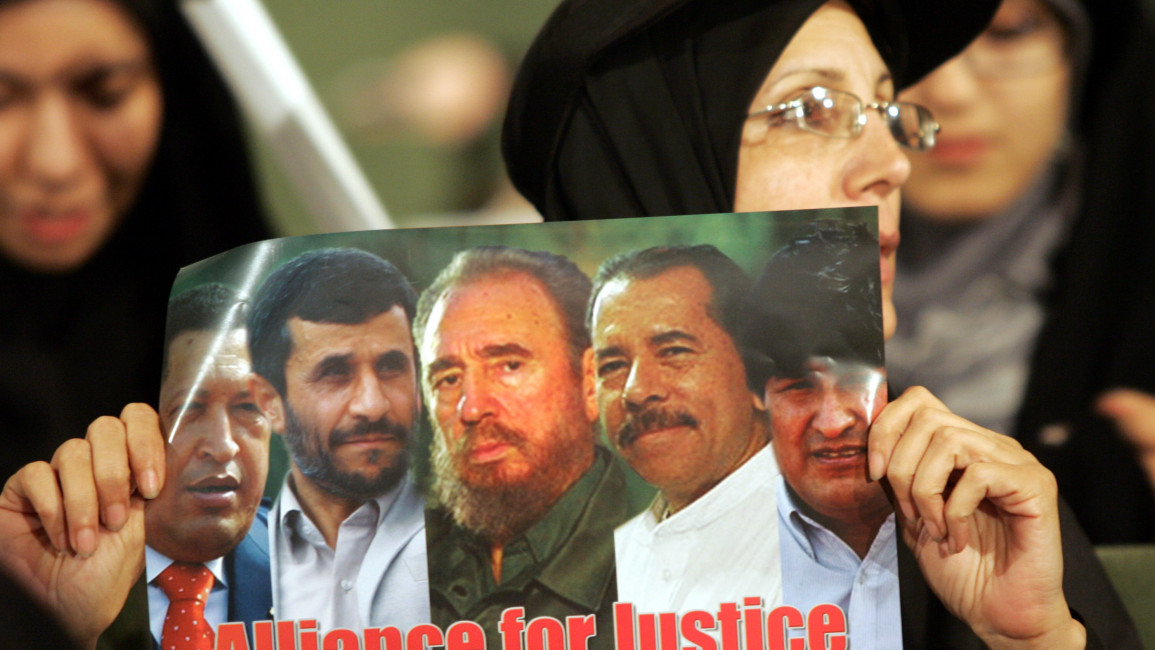
During that visit, Ortega expressed gratitude to the Islamic Republic for being in solidarity with “a country like Nicaragua, a small people in its territory, which has been invaded since the Spanish colonizers to the Yankee expansionists”.
When Tehran’s top diplomat was in Nicaragua in February 2023, just before going off to Venezuela, he met with Ortega, blasted Washington’s sanctions on Tehran, and paid a visit to a Nicaraguan oil refinery.
Notwithstanding political tensions between Washington and Managua, Nicaragua’s economy remains dependent on US markets for its exports. What remains to be seen is how much Iran and the Central American country can bolster their trade links.
Cuba
The Islamic Republic’s relationship with Cuba goes back to 1979 when Castro’s government embraced the Islamic revolution. Although Havana and Baghdad’s close ties required Castro to calibrate his island nation’s relationship with Tehran amid the Iran-Iraq War (1980-88), the end of that conflict enabled Cuba and Iran to grow closer.
Both belonging to the Non-Aligned Movement, Iran and Cuba have shared anti-imperialist attitudes, which have created much warmth in their bilateral relationship with the two countries frequently standing up for the other in international fora.
During Mohammad Khatami’s presidency, Tehran provided the island nation with an annual credit line of €20 million, which increased to €200 million under Ahmadinejad.
"Over the years, there has been consistent exaggeration in some circles in the US, especially those holding more hawkish views, about Iran's presence and influence in Latin America"
In 2001, Castro paid his first visit to Iran. While in Tehran, the Cuban leader received an honorary degree from Tarbiat Modares University. “As you have witnessed, the Islamic Revolution has always sided with Cuba in its conflict with the United States, since we believe that your struggle is a just one,” said Ayatollah Ali Khamenei during Castro’s visit.
“The secret of the resistance of our revolution against the pressure exerted on us by the global arrogance [the US] is the strong belief of our people, who adhere to Islam, and its principles and values.”
Amid the COVID-19 pandemic, the Finlay Institute of Vaccines in Havana and the Pasteur Institute of Iran jointly developed the Soberana-2 vaccine (known in Iran as the Pasteurcovac), which was reportedly 91.2 percent effective. Iranian authorities gave the jab emergency-use approval and, according to Cuban state-run media, Iran quickly became the first country aside from Cuba to produce the Soberana-2 vaccine on a serious scale.
Last month, a Cuban delegation came to Iran, resulting in the two countries signing 13 agreements in the domains of agriculture, banking, biotechnology, healthcare, sports, and trade.
RELATEDAnalysisCharlie Hoyle
Beyond the rhetoric and symbolism
Iran clearly shares many geopolitical interests with Venezuela, Nicaragua, and Cuba. There is much ideational synergy between these four countries. Yet, the reality is that Iran remains a heavily sanctioned country facing major economic problems at home. Therefore, some experts doubt that Iran’s economic ties with these three Latin American countries will expand much as an outcome of Raisi’s tour.
“Even during [Ahmadinejad’s] presidency, when there was a lot of emphasis on expanding relations with Latin American countries and many economic agreements were concluded, some of them were not implemented,” Dr Javad Heiran-Nia, the director of the Persian Gulf Studies Group at the Center for Scientific Research and Middle East Strategic Studies in Iran, told TNA.
“It seems that increasing economic and military cooperation is on the agenda during this tour. Whether all of them will be implemented is doubtful.”
Other experts have similar assessments. When asked what to expect from Raisi’s visits to these Latin American countries, Slavin responded, “A bunch of announcements about economic and other cooperation that will not amount to much in the future”.
Dr Juneau answered the same question by saying, “Promises of cooperation among anti-American actors, flashy rhetoric criticising American policies in Latin American and beyond, but in practice very few concrete deliverables”.
Kenneth Katzman, a Senior Fellow at the Soufan Center, told TNA, “You might see some announcements of Iran building some factories here and there. But, even if that’s accomplished, these are going to be very small facilities [which are] reasonably symbolic. It’s not going to develop the economies of any of these places”.
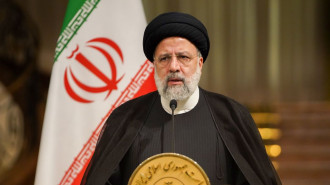
The view from Washington
Even though Raisi’s Latin America tour will probably prove to be more about messaging, expressions of solidarity, and anti-US rhetoric, there are voices in Washington who have spent years raising alarm over Tehran’s clout in the Western Hemisphere.
Yet, in contrast to the last two Republican administrations - Bush 43 (2001-2009) and Trump (2017-21) - the Biden White House is not keen on making a huge fuss over Iranian inroads into Latin America.
“Over the years, there has been consistent exaggeration in some circles in the US, especially those holding more hawkish views, about Iran’s presence and influence in Latin America,” Dr Juneau told TNA. “In general, the Biden administration has not engaged in threat inflation about Iran as much as some of its predecessors. Ideally, its response to Raisi’s Latin American tour should be to mostly ignore it.”
Dr Parsi explained that “the Biden administration does not appear to buy into the hysteria among some Republicans who wildly inflate Iran's influence in Latin America and portray Tehran as a threat to US influence in the Western Hemisphere”.
Ultimately, it is important to avoid reading too much into Raisi’s Latin American tour. Although Iran does have influence in Latin America and Tehran’s relationships with a handful of anti-hegemonic actors in the region are brotherly, it would be inaccurate to interpret these visits and meetings as threatening the security of Western countries.
“You might see more announcements of Iranian investment,” Katzman told TNA. “You might see some oil swapping arrangements [with Venezuela and] possible announcements of upcoming ports visits by Iranian ships. Some of these may happen, but they’re not a threat to the US in any way. They are just purely symbolic acts of defiance.”
Giorgio Cafiero is the CEO of Gulf State Analytics.
Follow him on Twitter: @GiorgioCafiero
